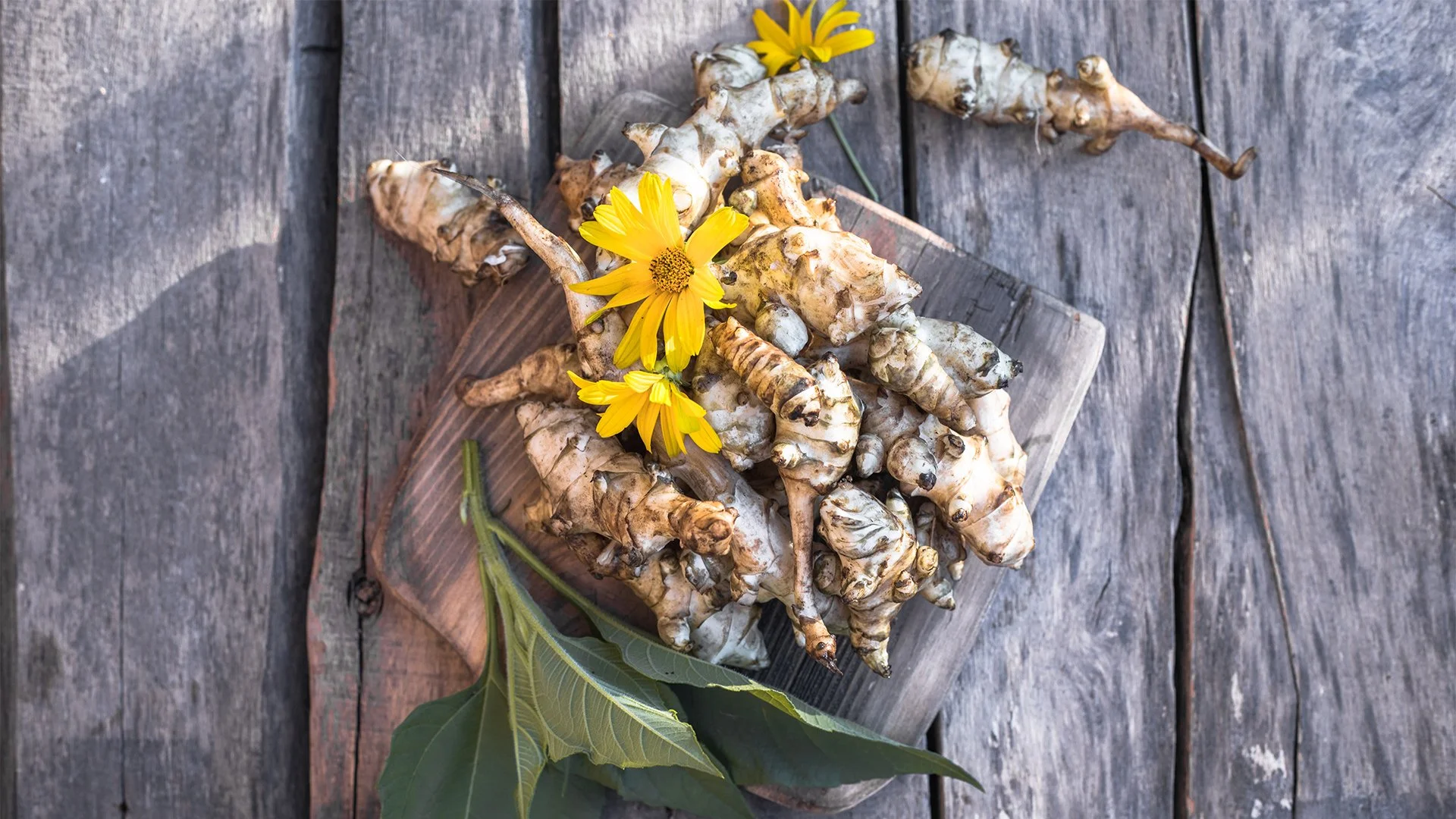Spotting, Harvesting and Cooking Sunchokes
Discover > Texas Home Cooking > Foraging > Spotting, Harvesting and Cooking Sunchokes
It’s no secret that most of us have grown exceedingly close to our devices in the past two years. During the pre-pandemic age (yes, it has a name) I used to visit my local farmers’ markets in Dallas to shop for my food staples, like sunchokes plant or Jerusalem artichokes (how long do artichokes last?), but more and more I’ve been relying on online services for pretty much everything.
While technology is a life-saver in more ways than I can count, I recently observed that my day is almost completely being spent connected to either my laptop, phone, or tablet. I use my gadgets for work, leisure, comfort, recreation –– everything.
Sure, I’m a millennial with a thriving social life and all that, but there was life before this technology takeover, right? Picking up a pen and a notepad, I began to jot down some engaging activities that would bring me some respite from screens and keyboards.
This guide to foraging recently planted a seed of curiosity in my mind. So, I decided to follow through with my intuition and head out for a day of foraging. I knocked on my neighbor’s door to borrow some tools, and she gave me an interesting little tidbit: although wild sunchokes are rare in Texas, it’s very easy to determine if they’re growing in your area due to the bright yellow flowers that basically scream, “I’m a Sunchoke! Come get me!”
The next thing I know, I’ve spent the entire afternoon in her living room, getting prepped for my mission of sunchoke foraging. Here’s what I discovered about wild sunflower!
What are Sunchokes Plants or Jerusalem Artichokes?
Sunchokes, also popularly known as wild sunflower and Jerusalem artichokes, are native American root veggies. They are the edible tubers of the Helianthus tuberosus, a wild perennial sunflower. Resembling ginger in appearance and potato in taste, sunchokes are found all across America and grow especially well in the warm climate of Texas. They are known for their bountiful produce and for being a great source of carbohydrates.
Sunchokes plant has a long history of being a staple in the Native American diet. In fact, many sunchoke plantations growing wild were possibly planted by Native Americans many centuries ago. They are invasive plants that thrive in empty, neglected areas and produce a large number of tubers. This gives us insight into how hardy, resistant and abundant this plant really is.
How to Spot a Wild Sunflower?
When you’re out foraging, you may recognize the sunchoke plant by its tall stalks and numerous yellow flowers. The stalks grow up to 10 feet with many branching stems. The small, brightly-colored flowers resemble sunflowers, though they are also yellow in the middle. The stems and leaves feel like coarse sandpaper, with the leaves being oval and around 5-10 inches in length. The edible tubers are rough, knobbly, and come in varying shapes.
When’s the Right Time to Harvest Jerusalem Artichoke?
If you come across a wild sunchoke plant, chances are that you’ll be going home with a whole bunch of sunchokes. According to Texas A&M Agrilife, the best time to forage for sunchokes is between November and March. By early spring, the tubers are fully mature but don’t have any new sprouts yet. They begin to sprout in April and grow tall throughout the summer, before reaching maturity by October or later.
Experienced foragers suggest that the tubers should be left underground to experience frosting temperatures for a couple of months. This reduces their gas-inducing properties, making the sunchokes sweeter and crispier.
Harvesting Sunchokes
When it comes to picking sunchokes, I’ve learned that it’s best to gently dig up a small portion of the earth with a shovel, and feel around for the tubers. They usually grow away from the plant and are around two feet deep, so you may need to do some serious looking around. Pick the sunchokes that don’t show any bruises or cracks, and have a firm, solid texture.
Cooking with Sunchokes
Once you’ve returned from a successful sunchoke foraging trip, it’s time to show off your culinary skills! You can wash your veggies off and enjoy them as a snack while you’re still out and about. Otherwise, cut them up into chunks and add them to your favorite soup recipe. They also taste delicious when grated over a salad. Be careful not to overcook them, as they will get mushy and lose their appetizing texture.
If you’re not one for foraging but would love to try the carb-rich sunchoke, head to your local farmers’ market to pick up a few. That’s also a fun, gadget-free experience, isn’t it? Give us your two cents on sunchokes and your favorite ways to enjoy them in the comments below!
Want to know about other plants that are surprisingly edible? Check out this other foraging guide about 7 plants in Texas that are surprisingly edible! Where to buy Jerusalem artichokes in Texas? Check out this list.




